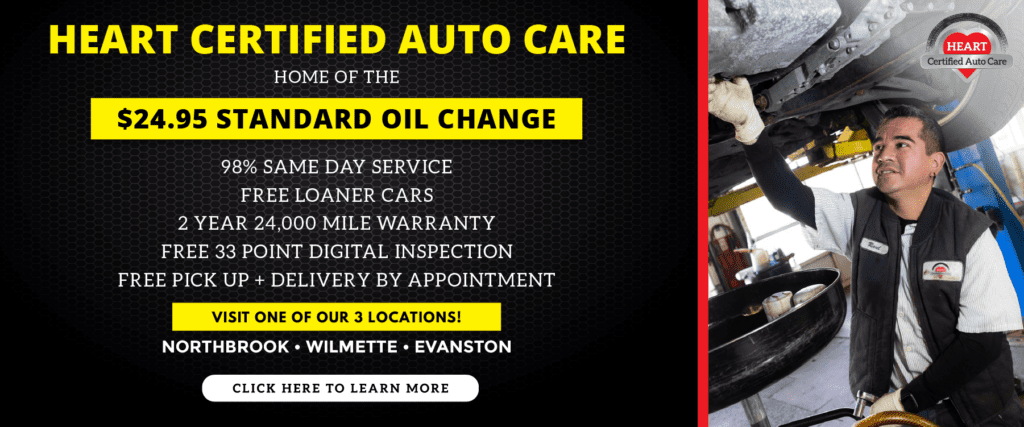How Often Should You Be Flushing Your Coolant? Expert Advice

The lifeblood of your vehicle’s engine, the substance that keeps it cool under pressure – yes, we’re talking about coolant. This critical component of your vehicle’s health is often overlooked but plays a pivotal role in ensuring your car runs smoothly and efficiently.
In this guide, we will provide a piece of expert advice on how often should you flush coolant, demystifying all aspects of coolant usage, its importance, and the tell-tale signs that it’s time for a flush.
Understanding Coolant and Its Role in Your Vehicle

Coolant, also known as antifreeze, is a liquid solution that is pivotal in managing the temperature of your vehicle’s engine. It’s typically a mixture of distilled water and ethylene glycol or propylene glycol. This fluid circulates through the engine, absorbing excess heat and dissipating it through the radiator.
There are different types of coolant available in the market, each with its unique composition and color. The most common types are Inorganic Additive Technology (IAT), Organic Acid Technology (OAT), and Hybrid Organic Acid Technology (HOAT). Each type is designed for specific vehicle makes and models, and using the right one for your car is crucial for optimal engine performance.
Are Coolant Flushes Necessary?
Yes, coolant flushes are necessary for maintaining the health and longevity of your vehicle’s engine.
The primary function of coolant is to regulate your engine’s temperature, ensuring it doesn’t overheat during operation. However, its role goes beyond just cooling. Coolant also prevents freezing in cold temperatures, protects engine components from corrosion, and helps maintain optimum engine performance.
When your engine is running, it generates a significant amount of heat. Without coolant, this heat would cause parts of the engine to warp, crack, or melt, leading to severe engine damage. By circulating through the engine, the coolant absorbs this heat and carries it away, maintaining the engine at a safe operating temperature.
Signs That Your Coolant Needs to be Flushed
- Discoloration and Sediment Buildup
Over time, coolant can become discolored due to rust, metal particles, and other contaminants. If your coolant appears dark or murky instead of its usual vibrant color, it’s a sign that it needs to be flushed. Sediment or debris in the coolant reservoir is another indication of contamination.
-
Engine Overheating
If your vehicle’s engine consistently runs hotter than normal, it might be a sign of a coolant issue. A contaminated or depleted coolant system may struggle to dissipate heat effectively, leading to engine overheating.
-
Sweet or Maple-Like Smell
A sweet or maple-like smell coming from your car could be a sign of a coolant leak, which could lead to depleted coolant levels and necessitate a flush.
-
Coolant Leak
If you notice a bright-colored (usually green or orange) liquid pooling under your vehicle, it’s likely a coolant leak. This is a clear sign that your coolant system needs attention, potentially including a flush.
-
Poor Fuel Efficiency
If your vehicle is not as fuel-efficient as it used to be, it may be because the engine is not reaching its optimal operating temperature due to a coolant issue.
-
Frequent Need to Top Up Coolant
If you find yourself regularly needing to top up your coolant, it might be an indication of a leak or that the coolant is not being circulated effectively, both of which could require a coolant flush.

it’s critical to watch out for these signs to ensure your coolant system is in good shape. Ignoring these signs can lead to serious problems. Contaminated coolant can clog your radiator, cause your engine to overheat, and even lead to significant engine damage. It’s therefore critical to flush your coolant at the right intervals, ensuring your vehicle continues to perform optimally.
Now, let’s talk about the all-important question: How often should you flush coolant?

Frequency of Coolant Flushing
The frequency of coolant flushing depends on various factors, including your vehicle’s make and model, the type of coolant you use, and your driving habits. However, a general guideline is to flush your coolant every 30,000 miles or every 5 years, whichever comes first.
Nevertheless, always refer to your vehicle’s owner manual for the manufacturer’s specific recommendations. Some newer vehicles with advanced coolants may only require a flush every 100,000 miles or ten years.
The Process of Flushing Coolant
- Preparation: Ensure the engine is cool to prevent burns. Gather the necessary tools such as a drain pan, funnel, new coolant, and distilled water.
- Drain the Old Coolant: Locate the drain plug under your radiator and place a drain pan beneath it. Unscrew the plug and allow the old coolant to flow into the pan.
- Flush the System: Fill the radiator with distilled water and run the engine, allowing it to circulate and remove any remaining contaminants. Drain the water.
- Refill with New Coolant: Once the system is clean, refill it with a mixture of new coolant and distilled water, according to your manufacturer’s specifications.
Benefits of Regular Coolant Flushing
- Prevents Overheating: Fresh coolant helps maintain optimal engine temperature, preventing overheating and potential engine damage.
- Removes Contaminants: A flush removes rust and sediment that can clog your radiator or heater core and impede coolant flow.
- Extends Lifespan of Components: By removing contaminants and replenishing the corrosion inhibitors in the coolant, you can extend the lifespan of your radiator, water pump, and other cooling system components.
- Improves Fuel Efficiency: A well-maintained cooling system allows the engine to reach its optimal operating temperature more quickly, improving fuel efficiency.
- Prevents Costly Repairs: Regular coolant flushing can help you avoid significant repair costs down the line by preventing engine overheating and component failure.
- Ensures Consistent Performance: With a clean and efficient cooling system, your vehicle is likely to deliver more consistent performance, ensuring a smoother and more comfortable ride.

Key Takeaways
Understanding “how often should you flush coolant” is crucial for maintaining your vehicle’s health. Regular coolant flushing keeps your engine cool, extends its life, and helps prevent costly repairs down the line.
If it’s been a while since you’ve had your coolant flushed, or you’ve noticed any of the signs we’ve discussed, don’t wait. Contact HEART Auto Care today to schedule a coolant flush. Our team of experienced mechanics will ensure your cooling system is in top shape, providing you with peace of mind and a smoother, safer drive.








